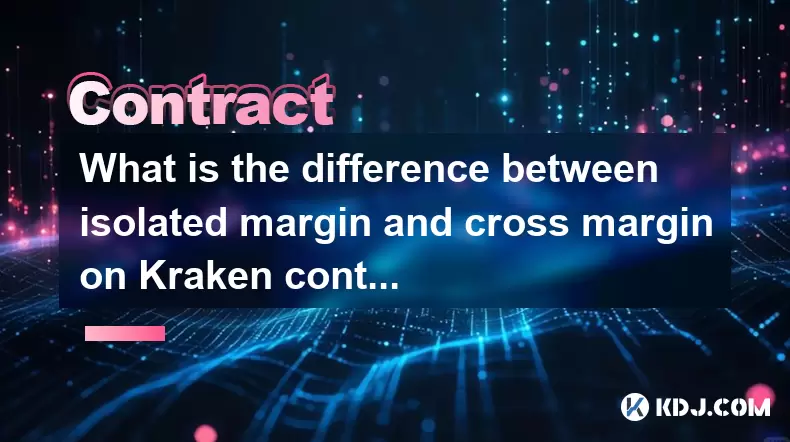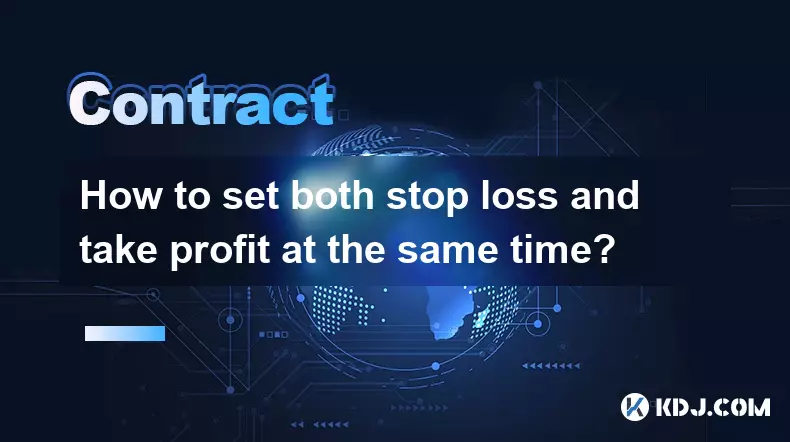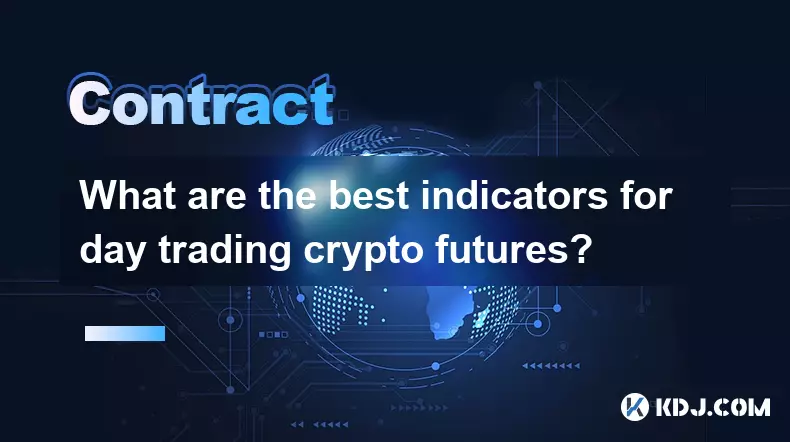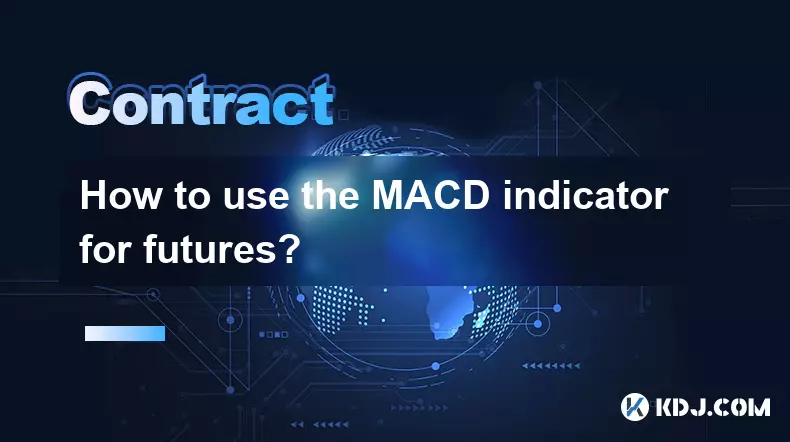-
 Bitcoin
Bitcoin $111300
-0.83% -
 Ethereum
Ethereum $4296
-0.28% -
 XRP
XRP $2.970
-0.28% -
 Tether USDt
Tether USDt $0.0000
0.01% -
 BNB
BNB $876.7
-0.13% -
 Solana
Solana $216.7
0.50% -
 USDC
USDC $0.9998
0.01% -
 Dogecoin
Dogecoin $0.2424
1.50% -
 TRON
TRON $0.3345
0.88% -
 Cardano
Cardano $0.8635
0.03% -
 Hyperliquid
Hyperliquid $53.38
5.54% -
 Chainlink
Chainlink $23.07
0.27% -
 Ethena USDe
Ethena USDe $1.001
0.02% -
 Sui
Sui $3.463
-0.21% -
 Stellar
Stellar $0.3738
-0.33% -
 Bitcoin Cash
Bitcoin Cash $578.5
-1.51% -
 Avalanche
Avalanche $26.00
2.07% -
 Hedera
Hedera $0.2276
0.77% -
 UNUS SED LEO
UNUS SED LEO $9.548
0.02% -
 Cronos
Cronos $0.2597
2.73% -
 Litecoin
Litecoin $112.0
-0.64% -
 Toncoin
Toncoin $3.089
-0.29% -
 Shiba Inu
Shiba Inu $0.00001285
-0.10% -
 Polkadot
Polkadot $4.098
1.54% -
 Uniswap
Uniswap $9.484
-0.88% -
 Ethena
Ethena $0.8361
8.06% -
 Dai
Dai $0.9998
0.01% -
 Monero
Monero $269.5
-0.68% -
 World Liberty Financial
World Liberty Financial $0.1994
-4.02% -
 Aave
Aave $299.1
-1.29%
What is the difference between isolated margin and cross margin on Kraken contracts?
Kraken Futures offers isolated and cross margin modes—isolated limits risk to a set amount per trade, while cross uses your entire balance to prevent liquidations.
Aug 13, 2025 at 11:35 am

Understanding Margin Types in Kraken Futures Trading
When engaging in Kraken futures trading, users encounter two primary margin modes: isolated margin and cross margin. These settings determine how collateral is allocated and managed for open positions. Understanding the distinction is crucial to managing risk and optimizing capital efficiency. Both models serve different trading strategies and risk tolerances, and selecting the right one impacts how liquidations occur and how much of your balance is exposed per trade.
Definition of Isolated Margin
Isolated margin allows traders to allocate a specific amount of margin to a single position. This designated margin acts as the sole collateral for that particular contract. Any fluctuations in the position’s value affect only the assigned margin, not the rest of the account balance. This model provides precise risk control, as losses are capped at the isolated margin amount.
- Traders manually set the initial margin for the position
- The system does not pull additional funds from the account balance if the position moves against them
- If the position approaches liquidation, only the isolated margin is at risk
- Ideal for traders who want to limit exposure on speculative or high-leverage trades
For example, if a trader opens a long position on BTC/USD futures with 100 USDT set as isolated margin, no more than that 100 USDT will be used to maintain the position, even if the market moves sharply against it.
Definition of Cross Margin
Cross margin uses the entire available balance in the futures wallet as collateral for all open positions. The system automatically allocates equity across multiple positions to prevent liquidation. This mode increases the likelihood of avoiding liquidation during volatile market conditions because all available funds are leveraged to support open trades.
- The total equity in the futures account contributes to the maintenance of all positions
- If one position starts losing value, funds from other positions or unused balance help cover the margin requirement
- Offers greater flexibility and can support higher leverage across multiple trades simultaneously
- Suitable for experienced traders managing a diversified portfolio of futures contracts
Suppose a trader has 1,000 USDT in their futures wallet and opens several positions using cross margin. If one of those positions nears liquidation, the system will use the remaining 1,000 USDT (minus other position margins) to keep it active, reducing the chance of automatic closure.
Key Differences in Risk Management
The primary distinction lies in risk exposure and capital utilization. With isolated margin, risk is contained to a predefined amount. This prevents a single losing trade from affecting other positions or draining the entire account. It's particularly useful when testing new strategies or trading highly volatile assets.
In contrast, cross margin spreads risk across the entire account. While this reduces the likelihood of liquidation for individual positions, it increases systemic risk. A severe market move could deplete the entire futures balance if multiple positions move against the trader simultaneously.
- Isolated margin: Limits loss per trade, enables better position sizing control
- Cross margin: Maximizes capital efficiency, reduces liquidation risk per position
- Liquidation in isolated mode only affects the allocated margin
- Liquidation in cross mode occurs only when total equity falls below maintenance margin for all positions combined
Traders using isolated margin must monitor each position closely, as no additional funds will be injected automatically. Cross margin users benefit from automated support but must be cautious about over-leveraging the entire account.
How to Switch Between Margin Modes on Kraken
Kraken allows users to change margin modes before opening a position or while a position is open, depending on the circumstances. The process is accessible through the futures trading interface.
- Log in to your Kraken account and navigate to the Futures tab
- Select the desired trading pair (e.g., BTC/USD)
- Locate the margin mode selector near the order entry panel
- Click on the current mode (either 'Cross' or 'Isolated')
- Choose the alternative option from the dropdown menu
- Confirm the change; for open positions, a warning may appear if switching is restricted
Note: You cannot switch from isolated to cross margin on an open position if doing so would reduce the allocated margin below the required level. Similarly, switching from cross to isolated requires specifying a margin amount that meets or exceeds the minimum maintenance requirement.
Practical Examples of Margin Usage
Consider two traders, each opening a 5x leveraged long position on ETH/USD with a contract value of 500 USDT.
Trader A uses isolated margin and assigns exactly 100 USDT as margin. If the price drops by 15%, the loss reaches 75 USDT, leaving 25 USDT in the margin. If the loss continues and the margin falls below the maintenance threshold (e.g., 5% of 100 USDT = 5 USDT), the position is liquidated. The remaining 900 USDT in their account (if any) remains untouched.
Trader B uses cross margin with 1,000 USDT total equity. The same 15% drop triggers a 75 USDT loss, but the system pulls from the overall balance to maintain the position. As long as the total equity stays above the combined maintenance margin for all positions, liquidation is avoided. However, if multiple positions decline simultaneously, the entire 1,000 USDT could be at risk.
These scenarios illustrate how isolated margin protects capital at the cost of higher liquidation probability per trade, while cross margin preserves positions at the expense of broader account exposure.
Frequently Asked Questions
Can I change the isolated margin amount after opening a position?Yes, Kraken allows you to increase or decrease the isolated margin allocated to an open position. To do so:
- Go to the active position in the futures interface
- Click on the 'Edit Margin' button
- Enter the new margin amount
- Confirm the adjustmentEnsure the new amount meets the minimum maintenance margin requirement; otherwise, the change will be rejected.
Does cross margin affect my spot wallet balance?No, cross margin only uses funds within the futures wallet. Your spot account balance is separate and not used as collateral unless you manually transfer funds into the futures wallet. The two wallets operate independently, even under cross margin mode.
Why was my isolated position liquidated even with funds in my account?Because isolated margin does not auto-top-up from your remaining balance. If the price moves against your position and the allocated margin falls below the maintenance level, liquidation occurs regardless of available funds elsewhere in the futures wallet. You must manually add margin before liquidation occurs.
Is one margin mode better for beginners?Isolated margin is generally recommended for beginners due to its built-in risk limitation. It prevents a single trade from jeopardizing the entire trading capital, promoting disciplined position sizing and risk management. Cross margin requires a deeper understanding of portfolio-level risk and is better suited for experienced users.
Disclaimer:info@kdj.com
The information provided is not trading advice. kdj.com does not assume any responsibility for any investments made based on the information provided in this article. Cryptocurrencies are highly volatile and it is highly recommended that you invest with caution after thorough research!
If you believe that the content used on this website infringes your copyright, please contact us immediately (info@kdj.com) and we will delete it promptly.
- Bitcoin, XRP, and Crypto Signals: Navigating the Current Landscape
- 2025-09-10 10:45:12
- ApeCoin Moonshot: What Crypto Traders Need to Know Now!
- 2025-09-10 10:25:14
- MYX Airdrop Alert: Synchronized Wave of Claimed Addresses – What's the Deal?
- 2025-09-10 10:25:14
- Bitget Wallet, USDC Yield, and Aave: A New Era for Crypto Savings?
- 2025-09-10 10:45:12
- XRP Price Eyes $5, MAGACOIN Finance Sparks Pair Trade Buzz: A New York Minute on Crypto
- 2025-09-10 10:50:12
- Cloud Mining, Stability, and the Crypto Market: Navigating Uncertainty in 2025
- 2025-09-10 10:50:12
Related knowledge

How to learn smart contract development?
Sep 09,2025 at 02:18am
Understanding the Foundation of Smart Contracts1. Smart contract development begins with a solid understanding of what smart contracts are—self-execut...

How to set both stop loss and take profit at the same time?
Sep 06,2025 at 04:36pm
Understanding Simultaneous Stop Loss and Take Profit Orders1. Placing both stop loss and take profit orders at the same time is a standard practice in...

What is copy trading for crypto futures?
Sep 07,2025 at 02:00am
What Is Copy Trading in Crypto Futures?1. Copy trading in crypto futures allows investors to automatically replicate the trades of experienced traders...

What are the best indicators for day trading crypto futures?
Sep 08,2025 at 10:18am
Top Technical Indicators for Crypto Futures Day Trading1. The Relative Strength Index (RSI) is widely used to identify overbought or oversold conditio...

How to use the MACD indicator for futures?
Sep 07,2025 at 09:00pm
Understanding the MACD Indicator in Futures Trading1. The MACD (Moving Average Convergence Divergence) indicator is a momentum oscillator widely used ...

What to do if you are about to be liquidated?
Sep 06,2025 at 01:00am
Understanding Liquidation in the Crypto Market1. Liquidation occurs when a trader’s margin balance falls below the required maintenance margin, forcin...

How to learn smart contract development?
Sep 09,2025 at 02:18am
Understanding the Foundation of Smart Contracts1. Smart contract development begins with a solid understanding of what smart contracts are—self-execut...

How to set both stop loss and take profit at the same time?
Sep 06,2025 at 04:36pm
Understanding Simultaneous Stop Loss and Take Profit Orders1. Placing both stop loss and take profit orders at the same time is a standard practice in...

What is copy trading for crypto futures?
Sep 07,2025 at 02:00am
What Is Copy Trading in Crypto Futures?1. Copy trading in crypto futures allows investors to automatically replicate the trades of experienced traders...

What are the best indicators for day trading crypto futures?
Sep 08,2025 at 10:18am
Top Technical Indicators for Crypto Futures Day Trading1. The Relative Strength Index (RSI) is widely used to identify overbought or oversold conditio...

How to use the MACD indicator for futures?
Sep 07,2025 at 09:00pm
Understanding the MACD Indicator in Futures Trading1. The MACD (Moving Average Convergence Divergence) indicator is a momentum oscillator widely used ...

What to do if you are about to be liquidated?
Sep 06,2025 at 01:00am
Understanding Liquidation in the Crypto Market1. Liquidation occurs when a trader’s margin balance falls below the required maintenance margin, forcin...
See all articles
























































































